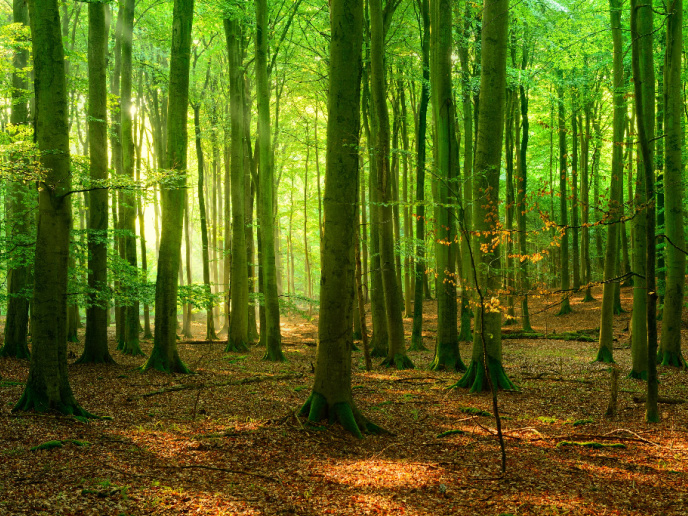Saving forests with the aid of fungi
In the age of the climate crisis, it is more important than ever to keep the forests and trees healthy so that they can provide us with all the crucial ecological services: renewable biomass, carbon sequestration and support for biodiversity, to name a few. Unfortunately, just like people, trees are also threatened by diseases caused by fungi, bacteria and viruses. One of the serious concerns in European forests and tree nurseries is an ongoing upsurge of soil-borne pathogens in the genus Phytophthora(opens in new window). These pathogens damage tree roots, weakening their ability to take up nutrients and water. With the support of the Marie Skłodowska-Curie Actions (MSCA) programme, the RESISTREE(opens in new window) project aimed at finding out if there are ‘good’ fungi living in trees or soil that could protect the trees against these pathogens. The researchers’ goal was to deliver new knowledge that could help to design nature-based solutions to forest health problems.
A fight between fungi and pathogens
Using field and greenhouse studies, the RESISTREE team investigated how the fungal communities living inside the trees – endophytes(opens in new window) – differ between healthy and infected beech and oak trees. Laboratory tests have shown that some of these fungi limit the growth of pathogenic Phytophthora species through different mechanisms and influence the development of tissue death in infected trees. Using a spectral phenotyping approach, the scientists studied how the Phytophthora root infection influences the growth and morphology of seedlings before visible symptoms appear. Moreover, they used a phenotype microarray approach, which allowed them to study how different microbes use a broad selection of carbon and nitrogen sources. “We found that the presence of the pathogen was shaping the composition of the overall microbial community,” explains Carmen Romeralo, MSCA fellow. The results also showed that all the tested endophytic fungi inhibited the growth of at least one of the three studied Phytophthora species. One of the most surprising results was the discovery that pathogens and endophytes differ in their preference for carbon and nitrogen sources in different ways. “Also interesting was that the presence of the pathogen changed the fungal community composition around the lesions and over the time of infection,” notes Romeralo.
Ongoing research aiming at sustainable nature-based solutions
The new information from the project is interesting for forest managers, nature conservationists, and tree breeders. “RESISTREE adds to the current understanding of how fungi can support tree health, and this information could be useful for innovators developing new, nature-based solutions for forest health problems,” explains Johanna Witzell, project coordinator. The research goes on. Romeralo will continue working with trees and their pathogens and other fungi in a permanent position of tenured scientist in the Forest Research Centre (CIFOR-INIA) from the Spanish Research Council in Madrid. “I think that RESISTREE was a really important merit that helped me to get this position,” Romeralo admits. “We have both started in new positions and will continue to collaborate in research on tree microbiomes,” adds Witzell. “The project showed that although the microbes are the source of many of the forest health problems, they can also be part of the solution.”







